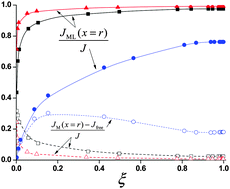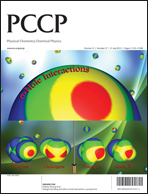The penetration of complexes into the resin domain of the DGT devices has a large influence on the lability degree of these complexes, since the reaction layer (the layer where there is net dissociation) extends from the diffusive gel into the resin domain. Numerical simulation shows that, typically, the contribution to the metal accumulation from dissociation of complexes inside the resin domain is dominant. As a consequence, in excess of ligand, the influence of the ligand concentration on the lability degree is much reduced, in comparison with this effect in the voltammetric sensors. The presence of a mixture of ligands leads to parallel complexes that mutually influence their lability degrees. In general, the interaction between the complexes has an impact on the lability degree of each one, but the total metal accumulation is less sensitive due to cancellation (mutually opposite effects of a couple of complexes). This result paves the way to predict the metal accumulation from the lability degree available for each complex in a single ligand system. Maximum discrepancies of 10% have been found in these predictions which can still be reduced if thicker resin gels are used.

You have access to this article
 Please wait while we load your content...
Something went wrong. Try again?
Please wait while we load your content...
Something went wrong. Try again?


 Please wait while we load your content...
Please wait while we load your content...